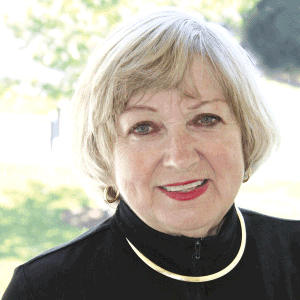Summer reading is stacking up: “How Google Works” by Eric Schmidt, “Team of Teams” by Stanley McChrystal and on top of the growing pile (and the subject of this review) is, “The Wright Brothers” by David McCullough. It’s time to read! I recently dove into McCullough’s book, and it was well worth it. The other books will follow in future reviews.
Who would have thought that innovation and entrepreneurship is rooted in a toy? The Wright brothers credit their insatiable drive to unravel the mystery of flight to a souvenir toy their father brought back from Paris in the late 19th Century when both were still in grade school. Their father “primed the rubber band on the toy,” called the boys and opened his hand. Like magic, the toy stick with twin propellers catapulted by the rubber band flew across the room. Wilbur and Orville Wright were hooked. The brothers tinkered with bits of wood in grade school to make a machine of the kind that “they were going to fly someday.”
McCullough gives the reader an overview of the conditions including sparse financial resources available to the Wright brothers as they grew up in Dayton, Ohio and explored new ventures, including photography, carpentry, publishing and finally building custom bikes in their bike shop, which served as their modest financial base. Thrift, honesty and working hard were part of their supportive extended family culture. They had no special monetary advantages, but Orville believed that “the greatest thing in our favor was growing up in a family where there was always much encouragement to intellectual curiosity.”
Reading about new experiments in flying, reading and studying birds in flight continued to bring them to creating their first “flying machine” and searching for the ideal flying space. After extensive research into wind and terrain, they focused on Kitty Hawk on the Outer Banks area in North Carolina where, with many failures and much persistence, they succeeded after four years of trial and error to stay airborne.
The many designs of their flying machine, the search for a light gasoline engine and finally the design and creation of their own gasoline engine added up in time, patience and continual public ridicule. Competitors were springing up in many places in the U.S. and in Europe – especially in France. Some competitors such as the Langley project which was heavily financed ($50,000) by the Smithsonian and the U.S. government failed miserably and publically as it crashed into the Potomac outside Washington D.C. for the second time.
The Wright brothers kept expenses low and did the work. They also kept their design and patents in their personal control. But perhaps the most relevant part to entrepreneurship in this book is about persistence, determination and sheer courage. In fact, one major crash along the way almost killed Orville. Yet, they went on to succeed and become recognized by powerful leaders in Europe, winning races, recognition, financial gain and finally being recognized and celebrated in the U.S.
The book is a refreshing read about success. It is a reminder that research, observation, trial and error, persistence and working smart can pay off. It’s also a reminder to (using the U.S. Air Force Motto) “Aim High.”
Lucia Worthington is at home in her garden with her books for the summer. To recommend a book for review, email bookreviews@vbjusa.com.

